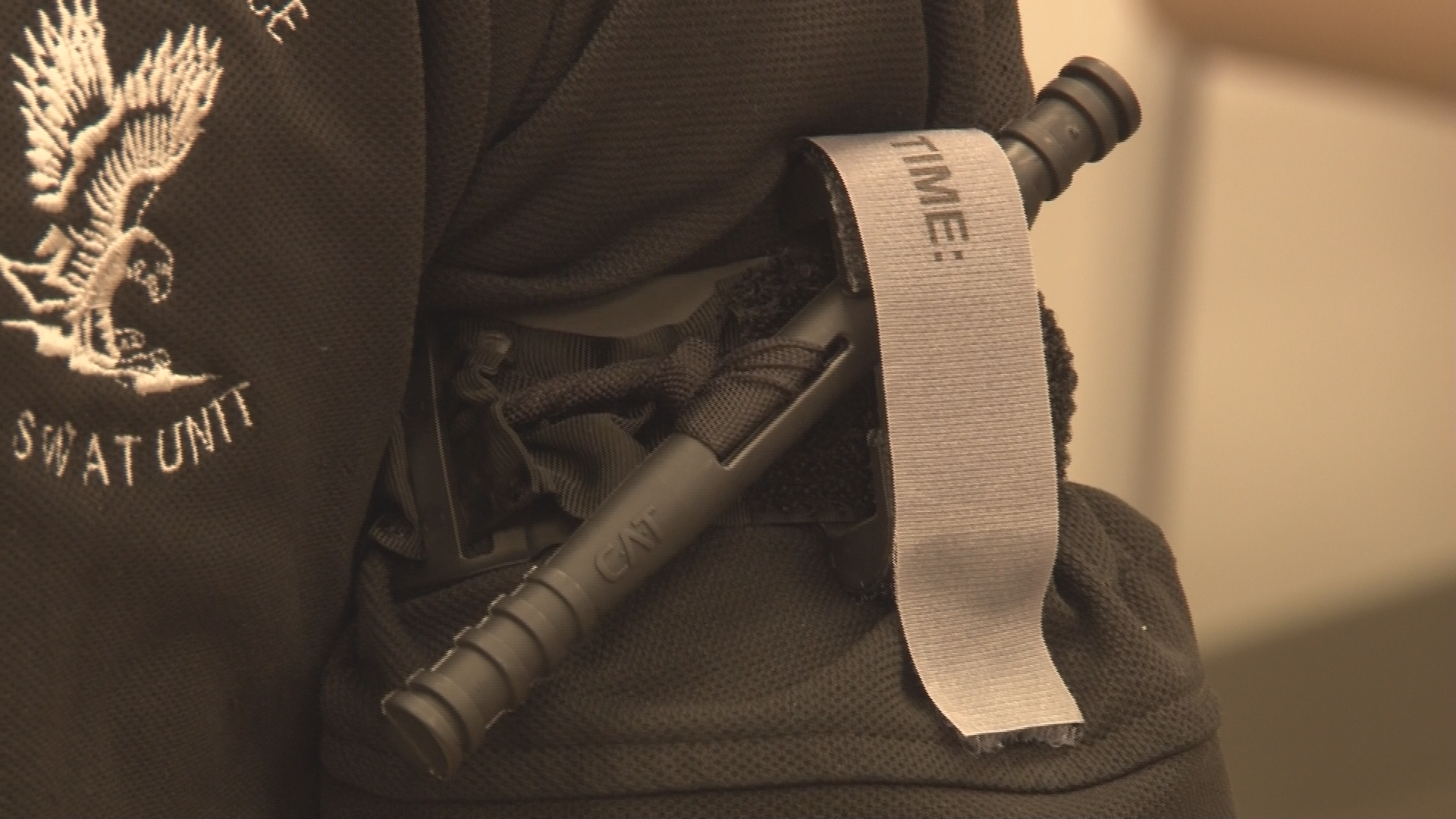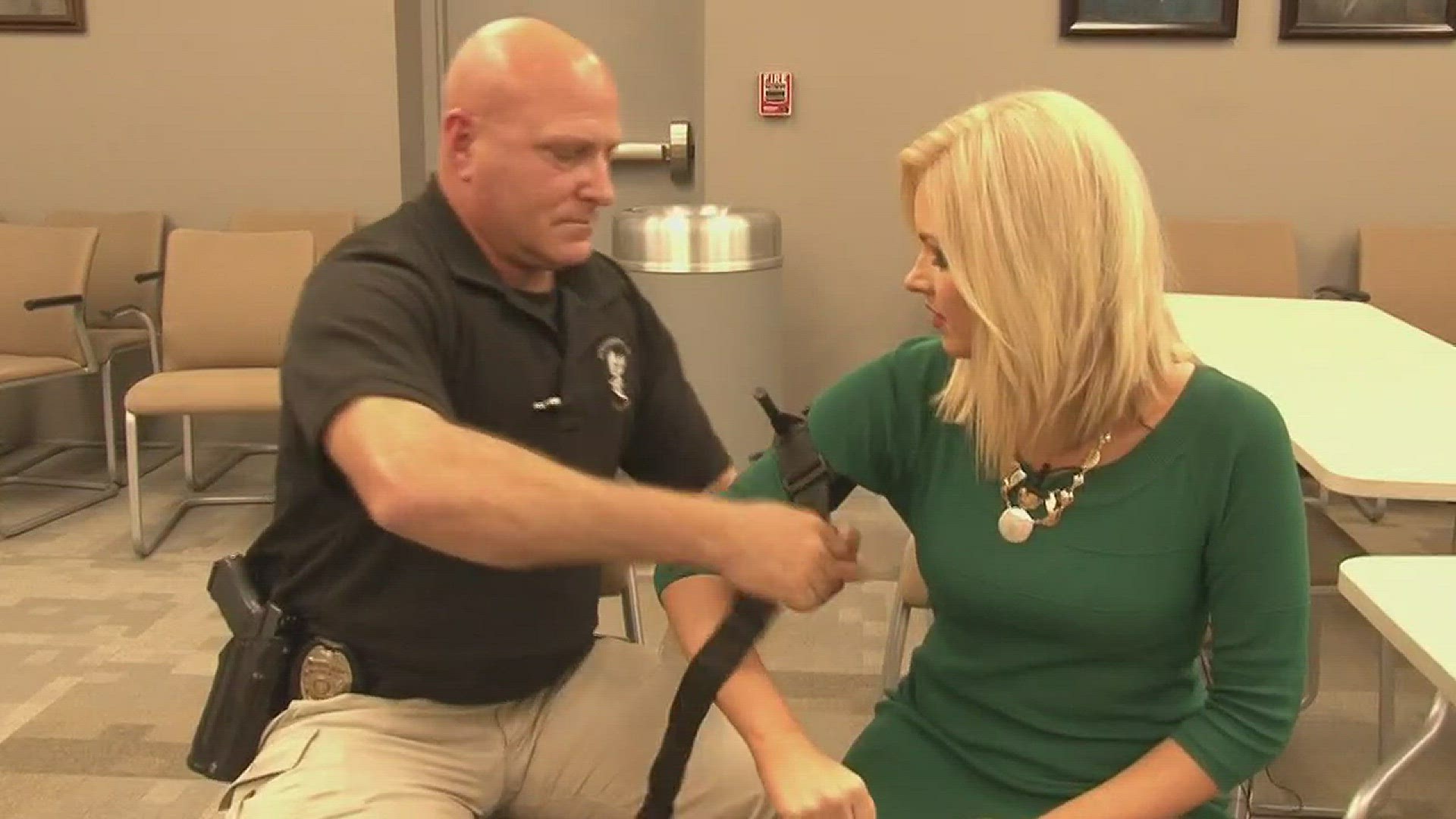LITTLE ROCK, Ark. (KTHV) - Twenty-eight people were injured in the Power Ultra Lounge shooting, but one thing we are all thankful for is that there were no lives lost.
Many patients were able to get care very quickly because of unified efforts between the Little Rock Fire Department, the Little Rock Police Department and MEMS.
Greg Thompson with MEMS said that it took 31 minutes from when MEMS arrived on scene to the time the last patient was transported. He said the response and care time is something to be proud of. Officer Henry Moore with the Little Rock Police Department echoed that praise.
"25 people getting shot and no fatalities doesn't happen on accident," he said.
But, how did they do it all with such speed and accuracy?
They all say it was thanks to training all three department took in two years ago.
Police, fire, and MEMS crews took advantage of national training tools to create a truly unified command. The training gave fire and police units first aid kits and medical training. The training focused on three different skill sets; tourniquets, chest seals, and wound packs.
The Power Ultra Lounge shooting was the first time the new training was used on a massive scale. Jeffrey Fryar with the Little Rock Fire Department said the credit all goes back to the training and learning to work together.
"We were all able to get to the patients and get them the care that they needed," he said.

Before EMS ever got on scene, the specialized training allowed police to put tourniquets on 5 victims, potentially saving their lives. They also had the training to quickly identify the severity of wounds, handing off those in the most critical condition to paramedics faster.
While crews were confident in their responses that night, all crews agreed that there is still a lot to learn and examine moving forward.
"We want to see what we can learn from, see what the best practices are, and improve our outcomes," said Thompson. "I am sure people from around the country will look at what we did that night."
Officer Moore said they're waiting to find out from doctors how many lives the tourniquet training saved that night. They said they are also working to implement that type of training into local schools.

